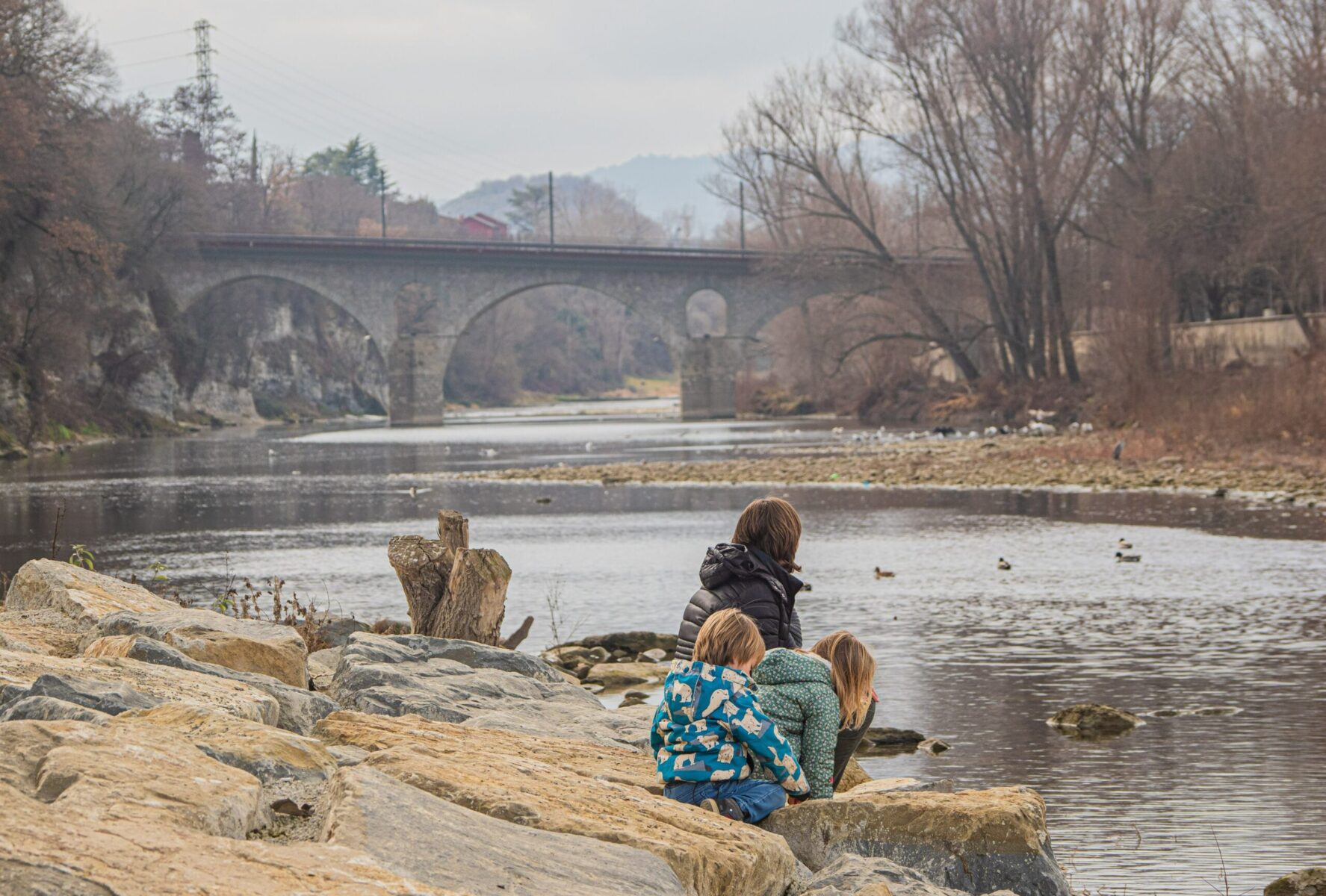Other natural spaces of interest

The region is framed by Pre-Pyreneers of Ripollès in the north and by the coastal mountain range in the north-east, culminating in Montseny with Matagalls (1,694 m) being the most remarkable peak of Osona sector. Geographically, the central entity of the region is the Plain of Vic, north-easten end of the Central Basin, which extends to the east with Cabrerès o Collsacabra, the part of Guilleries and to the northwest with Lluçanès.
The Plain is is not exactly a plain, since the undulations, hills and mounds, are there in abundance. It is a landscape of intensive green colours in spring, of brownish yellow in summer, of sweet ocher and wet gray in autumn and of soft and bright shades in winter.
Surrounded by this landscape is the capital of the region, Vic. In addition to the rich artistic and cultural heritage, Vic is surrounded by areas which show the diversity of its natural environment.Three signposted routes allow us to get to know and to enjoy the atmosphere of the place. Two of them show us the course of the rivers Mèder and Gurri and the third one allows us to get to the plain and the hermitage of San Sebastia, three emblematic landmarks in the history of Vic.

In the northwest, the territory of Lluçanès is an area of streams and legends. We can see the sight of natural interest of Merlès stream the sight of natural interest of Merlès stream; a stream that meanders between gorges and dams, making room for ponds and areas of great beauty. According to a tradition, we find places where witches met to invoke magical powers..
Another stream that runs through this region is the one of the Sorreigs, which is hiding such places as the Black Gorge in Sobremunt. It is a deep and closed gorge, almost inaccessible and could be a setting of a supernatural forces meeting fabulated for any romantic spirit. The legend tells us that on the plain of Witches, next to the gorge, wizard women met to cause storms on the bishopric of Vic.

Ges Valley, Oris and Bisaura is a territory located in the north of Osona region, formed by Bisaura in the north (Montesquiu, Sant Quirze, Santa Maria de Besora, Sora and Vidra), the Valley of the Ges in the southeast (Sant Pere de Torello, San Vicente de Torello and Torello) and Oris in the southwest. All these municipalities are included in the tourism brand gesbisaura.
The natural and rural environs are very important throughout the whole territory. The landscape is drawn with cultivating fields and pasture meadows, with chapels, farmhouses and castles. Walking through these spots we can find pine and oak woods on sunny slopes, magnificent beeches in shady places, rocky streams and beautiful hidden waterfalls. And if we go up some of the numerous peaks, we’ll enjoy the fabulous panoramic views.

The Plain of nature interest ranges Milany- Santa Magdalen, Puigsacalm- Bellmunt, in the northeast of the region, is one of the largest in Catalonia, with a great variety of landscapes and areas of special beauty. It occupies an area of 15,395 hectares divided among 12 municipalities of the regions of Osona, Garrotxa and Alt.
Within this area we can see Grevolosa, an impressive beech forest with trees declared to be monumental. Some grow to a diameter of over one meter. To get to Grevolosa you need to follow the road in the direction of Olot, at 23 kilometer near the farmhouse Bracons. Then you need to continue walking for about 15-20 minutes.

The region is crossed by the River Ter. It has valuable natural areas, with a forest on its banks of a remarkable diversity with alders, white willows, poplars and ash trees of big leaves and with fauna in abundance, especially of water birds like kingfishers, green neck ducks, gray herons and night herons, cormorants… At the boundary between the Farmhouses of Voltregà and Torello there are river bends and islands of Gambires and Gallifa, and between Manlleu and Roda Countryhouses – Gelabert; these are some places where you can see these areas of Ter basin, which are crossed by the road Camí vora Ter, GR 210.

Between Centelles and Balenyà there is a hilltop of Puigsagordi of 972 meters elevation. The ferrata trail of Balmes Corcades leads to the peak through vertical stone terraces within magnificent scenery. During the ascent you will enjoy the view of the whole plain of Vic sheltered by Tona castle. It has an irregularity of 330 m, an equipped route of 500 m and a total route of 2,500 m. It lasts about 2 hours.

Changing the landscape and the territory we see Sau Valley and Collsacabra.Sau reservoiris a 17 km long and 3 km wide work of engineering, seeming a logical consequence of the peace of the waters of the river Ter since the turn of its course. A turn to 90 degrees, which takes it away from the plain of Vic, to make it enter into a zone of meanders till the reservoir; a smooth transition that turns the landmark into an ideal place for nautical sports and bestows calm air to the whole environ.
Further north the flow of torrents of Sitjar and of Sant Julia and of the stream of Aiats converge shortly before a waterfall to create a torrent of Rotllada and a stream of Gorgues. Having escaped the irregularity, the water slows its course and enters in this rock-lined hole, gorges of Foradada (Cantonigròs), which owes its name to the hole, which like a whim of nature, presents one of the walls.

tornar enrere














